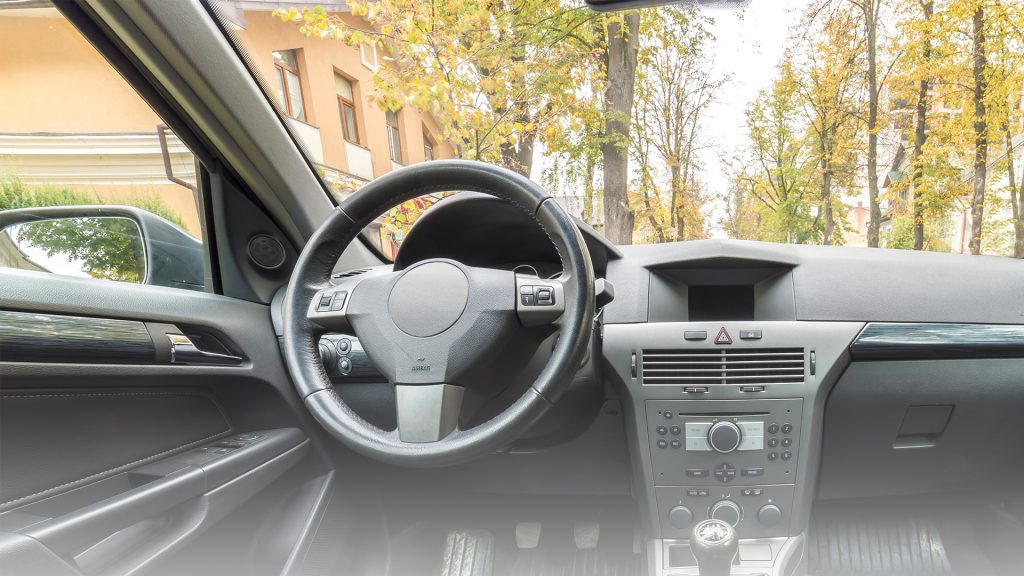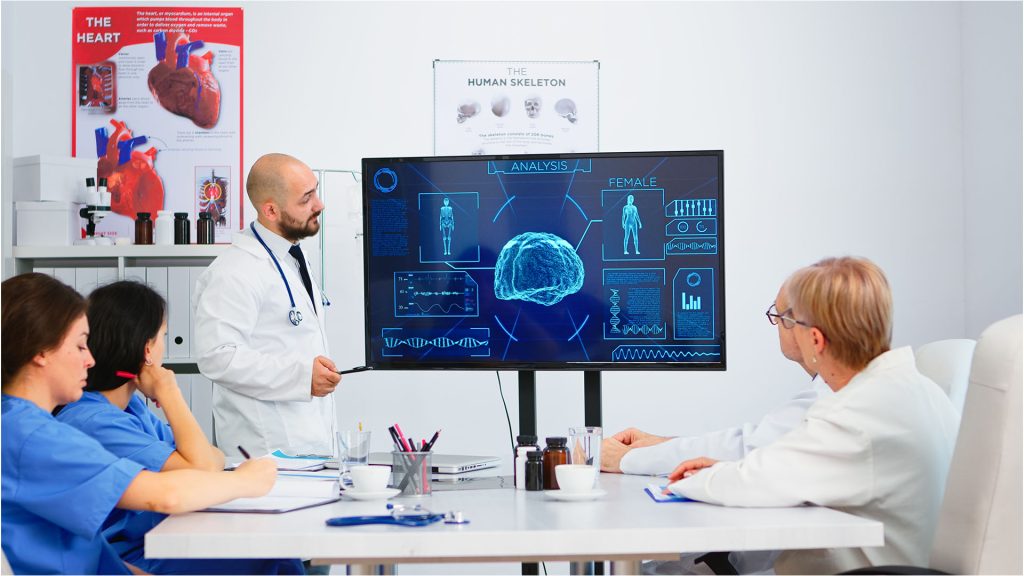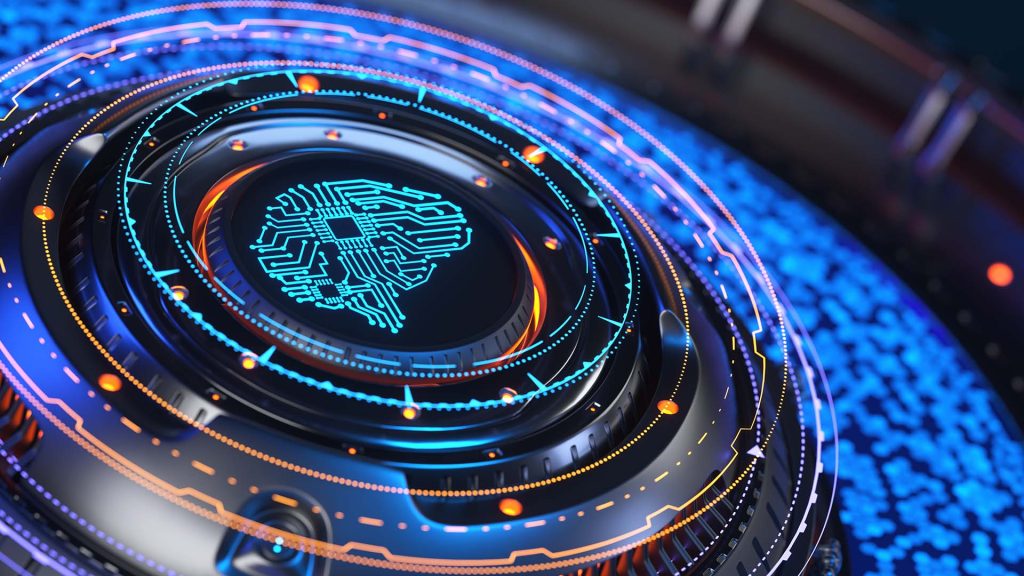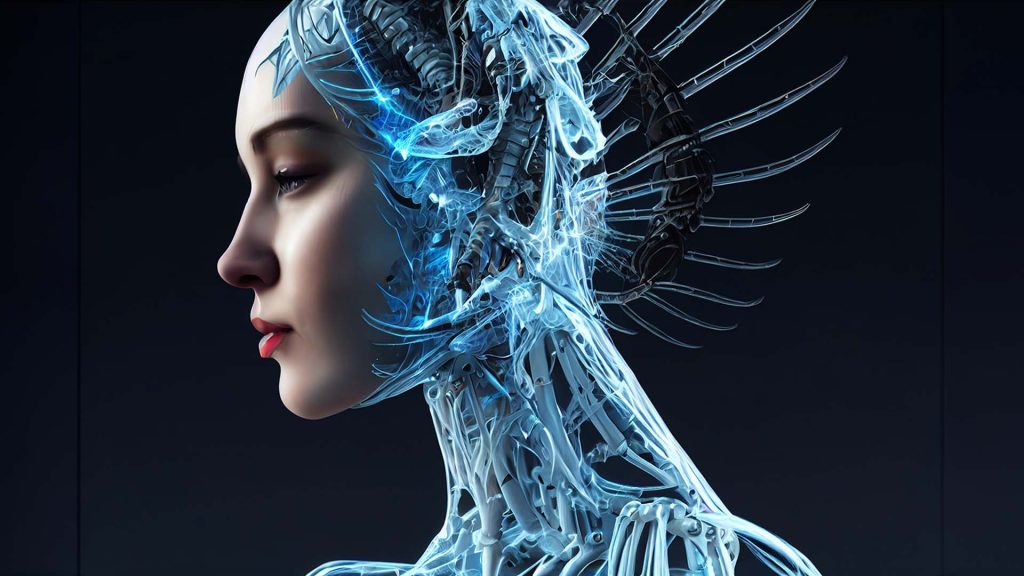Cybersecurity in the Age of AI: Unleashing Digital Guardian Angels
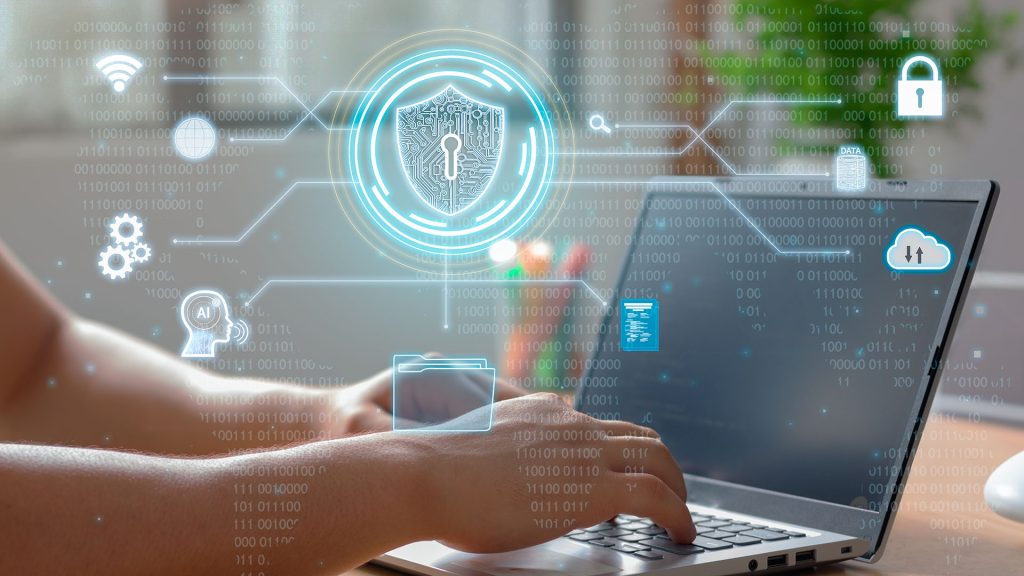
Introduction:
In today’s hyper-connected world, the threat landscape for cybersecurity is constantly evolving. As organizations and individuals navigate the digital realm, they face an array of sophisticated cyber threats that can compromise sensitive data and disrupt operations. However, with the advent of artificial intelligence (AI), a new era of cybersecurity is dawning—one where digital guardian angels stand ready to detect and neutralize threats in milliseconds. Let’s delve into the realm of AI cybersecurity and explore how it’s reshaping the defense against digital adversaries.
The Power of AI in Cybersecurity:
Artificial intelligence has emerged as a game-changer in the realm of cybersecurity, empowering defenders with unprecedented capabilities to detect, analyze, and respond to cyber threats in real-time. Unlike traditional security measures that rely on predefined rules and signatures, AI-driven cybersecurity solutions leverage machine learning algorithms to adapt and evolve in the face of ever-changing threats. By continuously learning from vast amounts of data, AI systems can detect anomalous behavior and identify potential threats with remarkable accuracy.
Detecting Threats in Milliseconds:
In the fast-paced world of cybersecurity, every millisecond counts. With AI at the helm, organizations can achieve near-instantaneous threat detection and response, mitigating the risk of data breaches and cyberattacks. By analyzing network traffic, user behavior, and system logs in real-time, AI-powered security platforms can flag suspicious activities and anomalies before they escalate into full-blown breaches. This proactive approach to cybersecurity enables organizations to stay one step ahead of cybercriminals and safeguard their digital assets with speed and precision.
Neutralizing Digital Adversaries:
Beyond detection, AI plays a crucial role in neutralizing cyber threats before they wreak havoc. Through automated response mechanisms and threat hunting algorithms, AI-powered security solutions can rapidly identify and quarantine malicious entities, preventing them from causing harm. Whether it’s blocking malware infections, thwarting phishing attempts, or patching vulnerabilities, AI serves as the digital guardian angel that tirelessly defends against cyber adversaries, 24/7.
Enhancing Cyber Resilience:
In an age where cyber threats are constantly evolving, resilience is key to staying ahead of the curve. AI not only fortifies organizations against known threats but also anticipates and adapts to emerging risks in real-time. By analyzing threat intelligence feeds, security trends, and historical data, AI-driven cybersecurity platforms can forecast potential threats and preemptively fortify defenses. This proactive approach empowers organizations to build cyber resilience and withstand the ever-changing threat landscape with confidence.
Embracing the Future of Cybersecurity:
As AI continues to evolve, so too will its impact on cybersecurity. From predictive analytics to autonomous threat response, the possibilities are limitless. By harnessing the power of AI-driven cybersecurity, organizations can turn the tide against cyber threats and usher in a new era of digital security. The digital guardian angels are here, and they’re ready to defend our digital world with vigilance and precision.
Conclusion:
In the age of AI cybersecurity, organizations no longer have to fear the unknown. With digital guardian angels watching over their digital assets, they can navigate the digital realm with confidence and resilience. As we embrace the future of cybersecurity, let us harness the power of AI to protect what matters most and ensure a safe and secure digital future for all.
#AICyberSecurity #SafeTech


